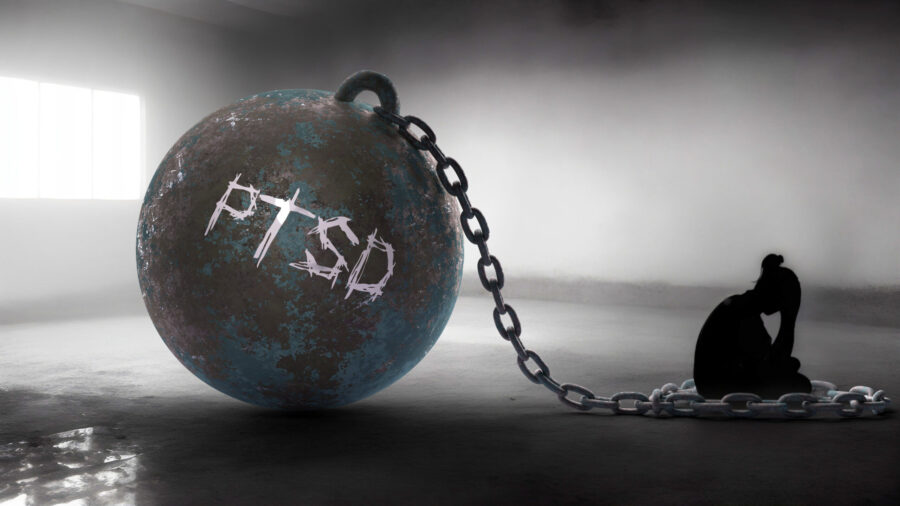Post-Traumatic Stress Disorder (PTSD) is a mental health condition that can emerge after an individual has experienced or witnessed a traumatic event. Known for its pervasive impact on a person’s life, PTSD can manifest through a wide range of symptoms, including flashbacks, nightmares, severe anxiety, and uncontrollable thoughts about the traumatic event.
A common concern among those diagnosed with PTSD is the question of its permanence: Is PTSD a lifelong condition, or is recovery possible?
Understanding PTSD
PTSD is a response to experiencing traumatic events that overwhelm an individual’s ability to cope. While often associated with veterans who have experienced combat, PTSD can affect anyone who has undergone significant trauma, including survivors of accidents, natural disasters, abuse, and other life-threatening experiences. The condition does not discriminate by age, gender, or background, making it a universal issue that requires attention and understanding.
The Spectrum of PTSD
The experience of PTSD varies significantly among individuals, influenced by factors such as the nature of the trauma, personal history, resilience, and available support systems. Some people may find their symptoms lessen over time, especially with treatment, while others may experience persistent symptoms that make the condition seem permanent.
Factors influencing the course of PTSD include:
- Severity and nature of the trauma: More intense or prolonged trauma can lead to more severe PTSD symptoms.
- Personal history: Previous experiences of trauma or pre-existing mental health conditions can increase vulnerability to PTSD.
- Support and social connections: Strong support networks can facilitate recovery, providing emotional comfort and practical assistance.
- Access to and engagement with treatment: Effective treatment can significantly impact the trajectory of PTSD, offering tools for managing symptoms and processing trauma.
Treatment and Recovery
Recovery from PTSD is a deeply personal journey that can look different for each individual. It often involves a combination of professional therapy, medication, and self-help strategies. Key components of treatment include:
- Psychotherapy: Methods such as Cognitive Behavioral Therapy (CBT), Eye Movement Desensitization and Reprocessing (EMDR), and Prolonged Exposure Therapy have proven effective in treating PTSD.
- Medications: Antidepressants and other medications can help manage symptoms of depression and anxiety associated with PTSD.
- Self-care and lifestyle changes: Practices like regular exercise, mindfulness meditation, and healthy sleep habits can improve overall well-being and resilience.
Is Full Recovery Possible?
The possibility of fully overcoming PTSD is a complex issue. While some individuals may experience a complete remission of symptoms, others may learn to manage their symptoms effectively, significantly improving quality of life. The concept of recovery can vary, encompassing both the alleviation of symptoms and the ability to live a fulfilling life despite ongoing challenges.
Factors contributing to a positive recovery outcome include:
- Early intervention: Receiving prompt treatment after the onset of symptoms can improve long-term outcomes.
- Personalized treatment plans: Tailored approaches that address individual needs and preferences can enhance the effectiveness of therapy.
- Resilience and coping strategies: Developing strong coping mechanisms for stress and triggers can empower individuals to handle symptoms more effectively.
Living with PTSD
For those with persistent PTSD symptoms, living with the condition involves finding strategies to manage daily life while pursuing ongoing treatment and support. This may include:
- Educating oneself and others: Understanding PTSD and educating friends, family, and colleagues can foster a supportive environment.
- Building a supportive community: Connecting with others who have experienced similar traumas can provide comfort and understanding.
- Engaging in meaningful activities: Pursuing hobbies, volunteer work, or other fulfilling activities can offer positive distractions and sources of joy.
While PTSD can be a lasting condition for some, the journey of each individual is unique, and full recovery is possible for many. The path to healing is multifaceted, requiring patience, persistence, and the support of a compassionate community. By exploring the depths of PTSD and the factors influencing its course, individuals affected by the condition can gain insights into managing their symptoms and moving toward recovery.
Understanding that PTSD’s impact varies widely allows for a more nuanced perspective on recovery. With the right support and treatment, individuals can navigate the challenges of PTSD, finding pathways to resilience and healing. The question of whether PTSD is permanent is complex, but hope and progress are always possible, illuminating the potential for a brighter future beyond the shadows of trauma.

